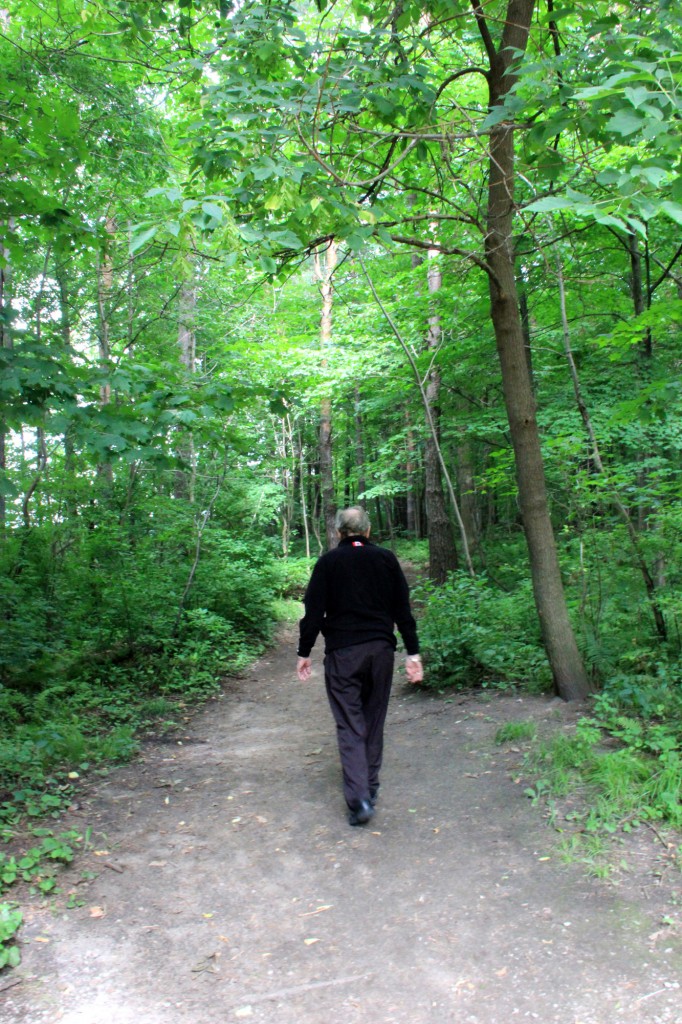
Using the information gathered in the survey, researchers can see how best to manage Aurora’s parks and woodlots.
By Peter Davey
August 14, 2013
While money may not grow on trees, an ongoing regional forestry study is proving that trees and their benefits, are certainly worth some cash.
In Vaughan, Richmond Hill and Markham, where the survey has already been conducted, researchers determined that the value of carbon storage provided by tree coverage, was approximately 750,000 tons, worth $17 million.
Ian Buchanan, Manager of Natural Heritage and Forestry with York Region, said tree shade and protection from winter wind, further adds a monetary benefit to residents’ heating and cooling costs.
“The cumulative value of energy savings across the Markham, Vaughan and Richmond Hill study areas, is over $5 million annually,” said Mr. Buchanan.
Aurora’s participation in the survey was brought along by York Region’s involvement in the project. The Region is conducting a survey of regional woodlots and encouraged the nine member municipalities to do the same. Aurora will be paying half of the project $100,000 cost. York Region, will be paying the other half of the bill.
According to Jim Tree, Manager of Parks for the Town of Aurora, surveyors working on land plots, many of which are private property, perform a quick and thorough examination of foliage.
“The surveyors are going to catalogue the vegetation they are interested in looking at.” said Mr. Tree. “They take note of the size of the species and of the trees and that is pretty much it.”
The urban forestry study known as UFORE, complies data from 200 samples gathered from randomly selected plots of land in Aurora, to produce a computer generated UFORE model. The software scientists use turns foliage and tree species information into a detailed overview of Aurora’s forest coverage.
When the data is analyzed, researchers can then examine the benefits of forest coverage and extrapolate both the environmental and monetary value of forest. Carbon sequestration, where trees consume carbon dioxide and lock in into their limbs and trunks, oxygen production and shade coverage, are all environmental benefits associated with trees. With information from the UFORE model, however, researchers can apply a monetary value to these things.

Aside from privacy, the shade and wind protection offered by trees can have a substantial impact on your gas and electricity bill.
“Drawing that connection between the value of energy savings and cost is really important, especially when you are trying to balance the benefit of trees versus building another electrical grid system,” said Mr. Buchanan.
Information gathered in the system can be continually updated and accessed by researchers, planners and managers. Furthermore, the UFORE model is far more accurate than conventional aerial photo surveys. Decisions of land-use planning, deciding where tree planting will be most effective and managing street trees will all benefit from the UFORE data. While not related to the emerald ash borer, Mr. Buchanan said knowing where ash trees are can improve efforts to fight the devastating beetle.
Link to original page: www.newspapers-online.com
